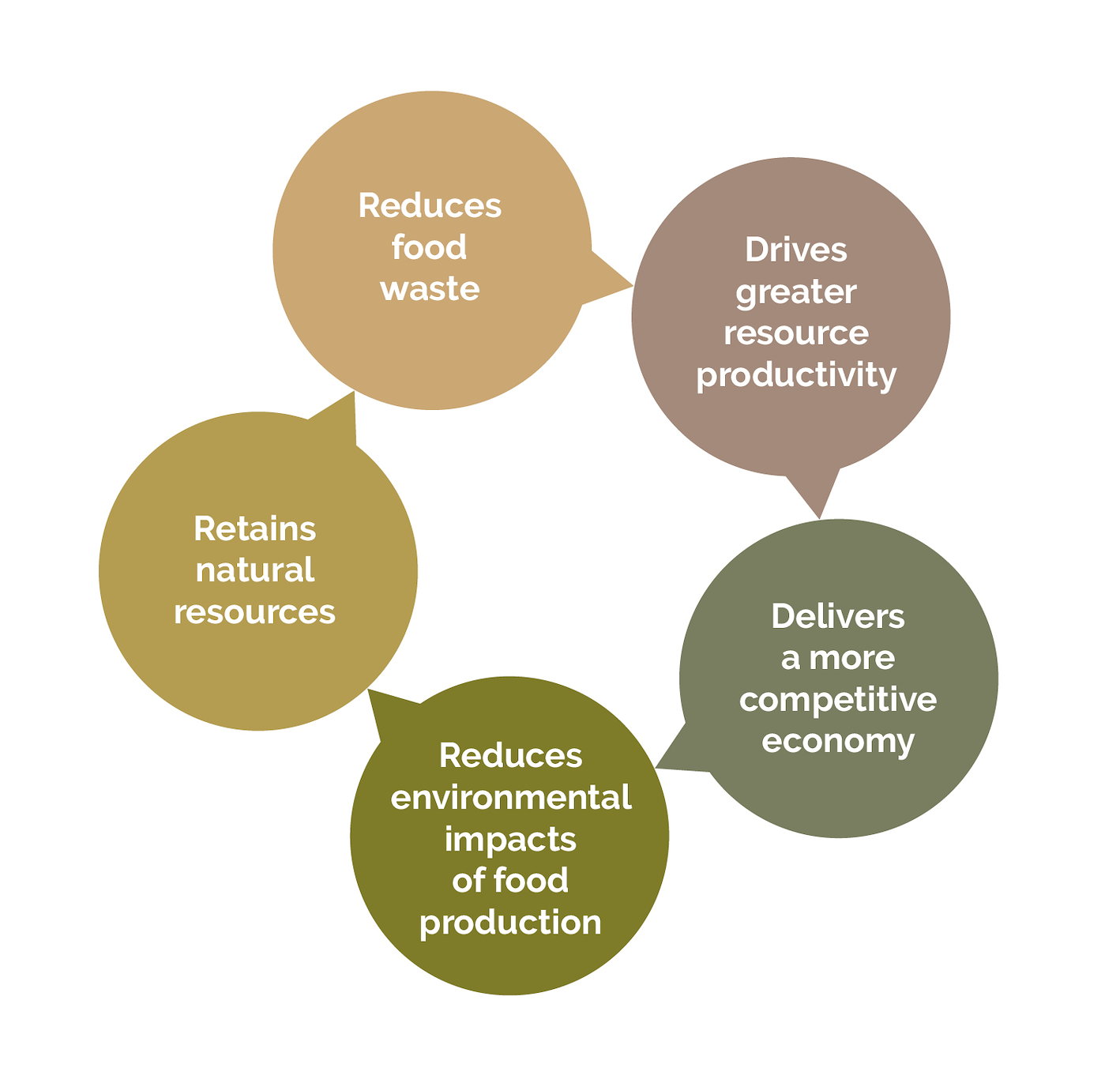A Circular Bioeconomy for the animal-based food value chain
A Circular Bioeconomy is defined by the European Commission as an economy in which renewable biological resources and their residues are produced and converted into value added products, such as food, feed, bio-based products and bioenergy. Each part of the animal-based food value chain is a steward of the resources invested to make the products that consumers value.
While major strides have been made to improve efficiency and reduce environmental impacts at individual parts of the chain, this can only take us so far and can create inefficiencies elsewhere. To achieve more, an integrated approach is needed to ensure we use resources efficiently, minimise our environmental impact, safeguard human and animal health and welfare, and protect the livelihoods of local communities that rely on agriculture.
The figure below shows the benefits of a Circular Bioeconomy for animal-based food production.

The model is built around our members’ essential central role that enables them to make a significant contribution to the ongoing transition to a low-carbon and circular future fixed in renewable, natural resources.
Our primary aims are linked to three key sustainability pillars which connect with seven core SDGs. These are the areas where we make our biggest sustainability contribution and assist our supply chain stakeholders in achieving their own high levels of sustainability.
Our model for the Circular Bioeconomy is shown below.
(click to expand the interactive element)
The interactive content below might not be fully accessible.
EFPRA Circular Bioeconomy Model for utilisation of ABP & edible co-products from the animal-based food value chain